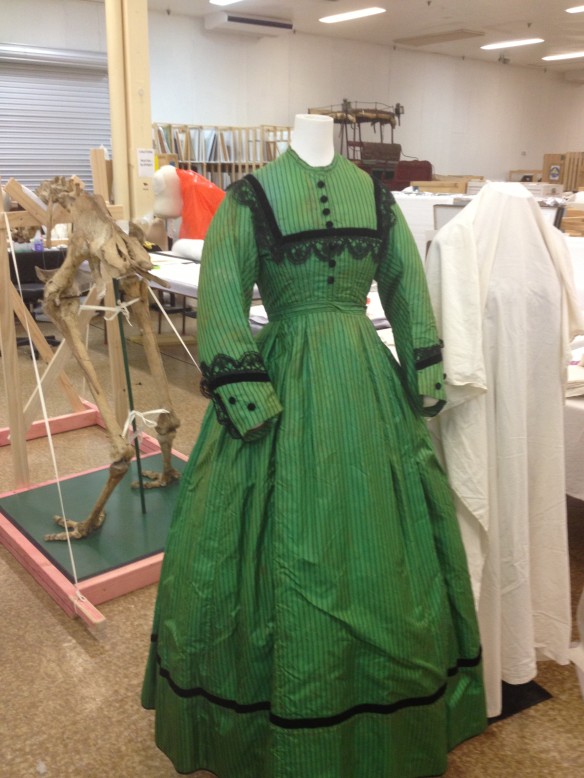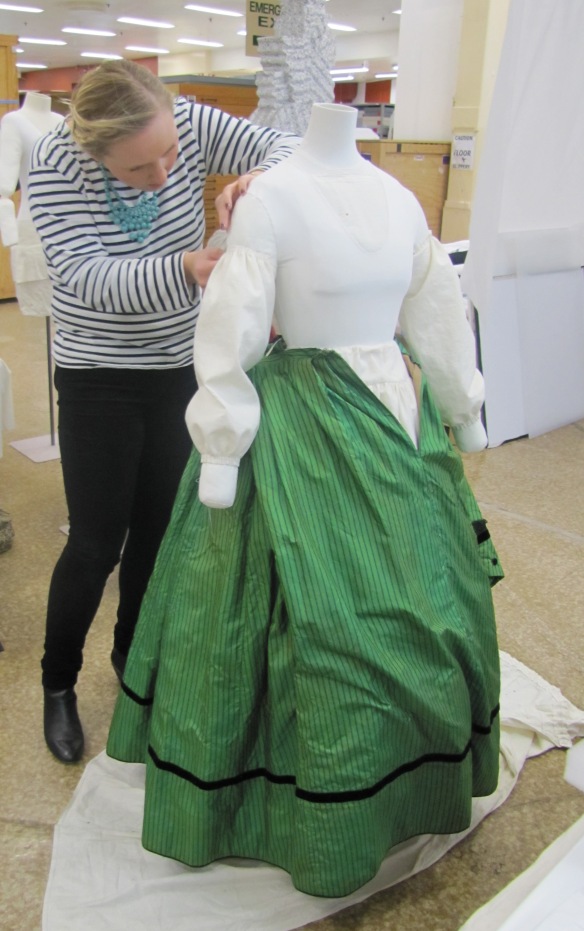The re-opening in three weeks’ time has a sense of homecoming about it, for our visitors and Friends, and also for the collection which is returning from temporary storage.
Home has also been on our minds while we’ve been bringing together MTG Hawke’s Bay’s debut exhibitions. Take these with you when you leave – Treasures of the archive, Architecture of the heart and Ūkaipō – ō tātou whakapapa, all call on the idea of the home – being at home, making a home and homecoming. The idea of home means different things to different people but these exhibitions are sure to strike a chord with our visitors.
Take these with you when you leave – Treasures of the archive showcases unique and rare records from the archive, including personal belongings immigrants selected to bring with them when they moved to New Zealand such as bibles and icons, photographs of loved ones and landscapes, and sheets of music and musical instruments.
In developing the show, we’ve sensed how difficult it must have been for settlers to choose what to bring to their new land. But these tough decisions had to be made; there was only so much room and these were belongings which could not be left behind. Now stored in the archive, these objects were once very personal reminders of homes left behind. In New Zealand they helped new immigrants to create their homes here.
All of the objects are very personal and very poignant. Some tell quite profound stories and offer intimate glimpses into the lives of nineteenth century arrivals to Hawke’s Bay.
Architecture of the heart is an exhibition drawing on the treasures of the art collection. Developing the show has been a fantastic opportunity to open the door into the world of some of these paintings and consider how we can use them to think about the idea of home. There’s a universality to how people think about home, it’s a meeting point across time and across culture. These artworks give us an expression of this commonality and it’s intriguing to explore how the idea is represented in our collections.
We’ve all enjoyed the luxury of a long-term research project, meaning we’ve been able to really get to grips with the background stories of objects and artworks.
An example of this is the lovely story of Jenny Campbell and Roland Hipkins. The two painters met after arriving in New Zealand in the 1920s and then married here. While working on Architecture of the heart, we’ve been able to look at their work made as they discovered their new home country, and see their excitement in the potential of this place.
While ‘ūkaipō is sometimes translated as ‘home’, our new taonga Māori exhibition, Ūkaipō – ō tātou whakapapa, calls on a slightly broader interpretation of the word. Ūkaipō is about expressions of identity, and home is part of interpreting this kaupapa. Ūkaipō represents the home ground of our hapū, upbringing, childhood and learning.
This exhibition is about the hapū of Hawke’s Bay and we hope their stories will inspire others to think of their own ūkaipō. That’s not to say that this exhibition about the ūkaipō of te iwi Māori, but rather an example of how hapū of Hawke’s Bay express ūkaipō. It is an inclusive and universal concept that will be identifiable to wider audiences.
Lucy Hammonds, Curator Design Collections, Georgina White, Curator Social History and Migoto Eria, Curator Taonga Māori look forward to the opening of MTG Hawke’s Bay on the 21 September.
The MTG Hawke’s Bay redevelopment aims to offer an overarching sense of home. It provides a new home for the collection and for our staff as well as being a place that gives our community a sense of identity, a place to stand in, recognising where we’ve been and where we’re going.
We’re looking forward to welcoming you all home to MTG Hawke’s Bay on September 21st.
– Georgina White, Lucy Hammonds and Migoto Eria



